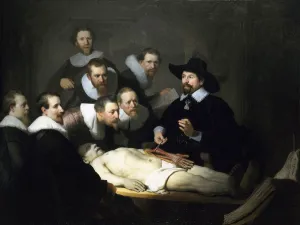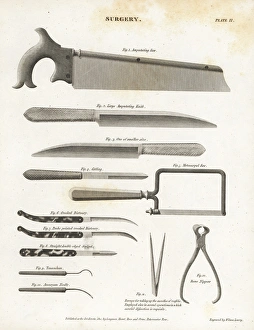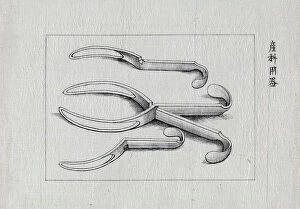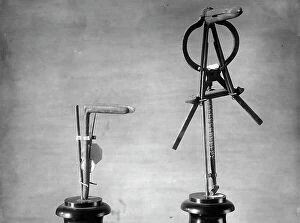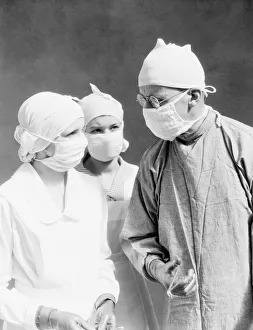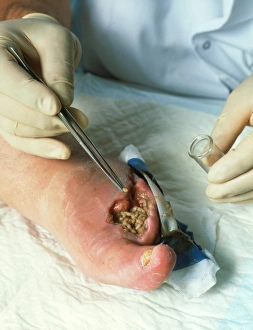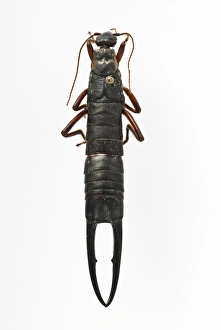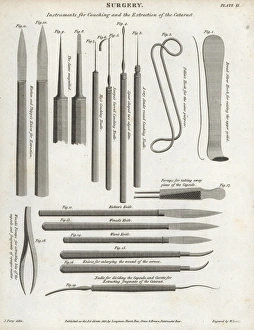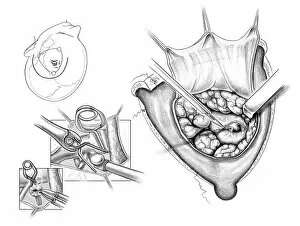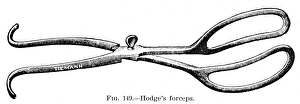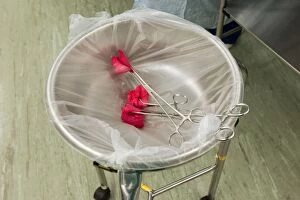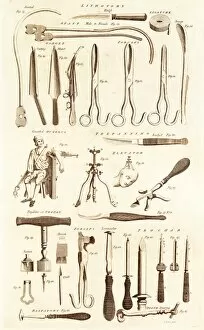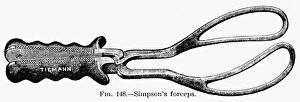Forceps Collection
"Forceps: The Precision Tools of Medical Artistry" In the intricate world of medicine, forceps play a vital role in surgical procedures
All Professionally Made to Order for Quick Shipping
"Forceps: The Precision Tools of Medical Artistry" In the intricate world of medicine, forceps play a vital role in surgical procedures. Just like Rembrandt's meticulous strokes in "The Anatomy Lesson of Dr Nicolaes Tulp, " these instruments are essential for delicate precision. From saws and scalpels to knives, surgical equipment has evolved over time. However, they have remained steadfast as an indispensable tool. They assist surgeons in gripping and maneuvering tissues with utmost care, ensuring successful operations. But forceps aren't limited to operating theaters alone; they find their place in various medical disciplines. Whether it's bandaging wounds or assisting midwives during childbirth, these versatile tools prove their worth time and again. Did you know that even nature boasts its own version of forceps? Take the male St Helena giant earwig or the Lupella forceps crab – both species equipped with specialized appendages resembling this remarkable instrument. Beyond medicine's realm, they have influenced art as well. In vibrant lithographs depicting artificial flies for each month or modern dentistry apparatuses showcased through lithography techniques, their presence is undeniable. Historically documented illustrations from encyclopedias shed light on how midwifery relied on forceps centuries ago. These engravings capture moments where skilled practitioners utilized this tool to safely guide new life into the world. Pierre Jean Georges Cabanis' colored engraving showcases surgical instruments used by French surgeons – among them, trusty forceps stand out prominently. Their inclusion speaks volumes about their significance throughout medical history. Whether aiding artists capturing human anatomy or assisting doctors saving lives, forceps embody precision and expertise. As we marvel at Rembrandt's masterpiece or witness advancements in medical technology today, let us not forget the humble yet mighty forces behind our healing journey – the extraordinary forceps.

